
The practice of rotating tires has been a longstanding recommendation in the automotive world, with many manufacturers and mechanics suggesting regular rotation as a cornerstone of vehicle maintenance. However, this advice has often been met with skepticism, sparking a heated debate among car owners and enthusiasts who question its necessity and frequency. This confusion has given rise to numerous myths that, if believed, can compromise your vehicle’s safety, performance, and the lifespan of your valuable tires.
Tire rotation is a fundamental part of vehicle upkeep, yet it’s surrounded by confusion and misinformation. Understanding what a tire rotation truly entails involves knowing it’s the systematic repositioning of your vehicle’s tires from one location to another. This seemingly simple procedure is frequently overlooked or misunderstood, leading people to either skip it entirely or follow outdated advice based on flawed assumptions.
Our aim here is to cut through the noise, separating the common myths from the essential facts about tire rotation. We’ll explore the reasons behind this crucial recommendation, the tangible benefits it provides, and clarify whether common guidelines, like the 5,000-mile interval, are truly universal. By debunking these prevalent misconceptions, we hope to empower you to make informed decisions for your vehicle’s health and your safety on the road.
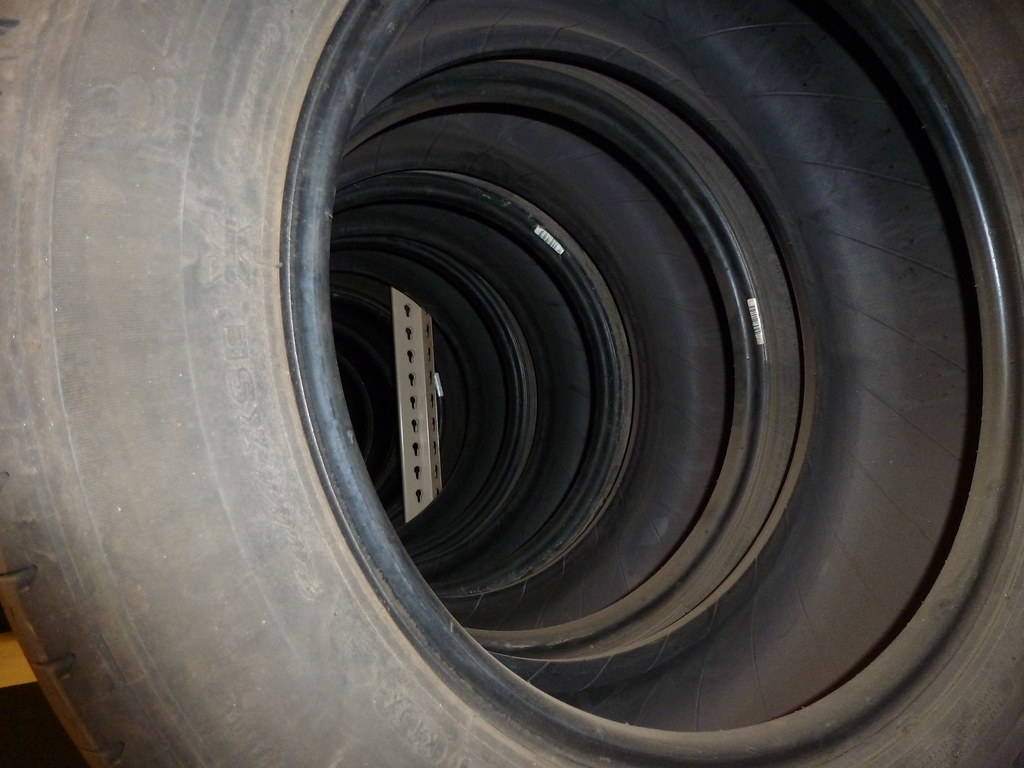
1. **Myth: Tire rotation isn’t truly essential; it’s just an upsell.**
This is one of the most persistent and damaging myths in automotive maintenance. Many drivers view tire rotation as an optional service, perhaps even a way for mechanics to pad a bill. However, this belief is unequivocally false and can lead to significant problems down the road.
Your vehicle’s tires do not wear uniformly. Factors like weight distribution, steering forces, and braking dynamics mean that each tire position experiences unique stresses. For example, front tires, especially on front-wheel-drive cars, typically wear faster due to the added strain of steering, acceleration, and a majority of braking forces.
Ignoring regular rotation leads directly to uneven tire wear. This not only significantly shortens the overall lifespan of your tires, forcing premature replacement, but it also negatively impacts your vehicle’s handling, traction, and braking performance. Vehicle manufacturers strongly recommend tire rotation as part of routine maintenance for these very reasons, emphasizing its role in achieving balanced performance and longevity across all four tires.

2. **Myth: If my tires look fine, I don’t need to rotate them.**
This myth is widespread and particularly dangerous because it lulls drivers into a false sense of security. Just because a tire appears to be in good condition on the outside doesn’t necessarily mean it’s wearing evenly or performing optimally underneath. Tire wear often starts subtly and builds slowly, making it difficult to detect with a casual visual inspection.
Uneven tread, which is the direct result of skipping rotations, doesn’t always manifest in obvious ways until problems become advanced. You might not notice it until your ride develops a subtle vibration, or worse, until your tires suddenly lose grip in adverse weather conditions like a rainstorm or on icy roads. The visible signs you might be looking for, such as bald spots or extreme wear on edges, are often indicators of severe neglect.
The National Highway Traffic Safety Administration (NHTSA) highlights the seriousness of this issue, reporting that worn tires contribute to nearly 11,000 tire-related crashes per year. Regular, early rotations play a crucial role in distributing this wear evenly, thereby preserving crucial tread depth, improving traction, and enhancing control. This proactive approach is especially vital in areas with varying weather conditions, where consistent grip can be the difference between a safe drive and a dangerous situation.
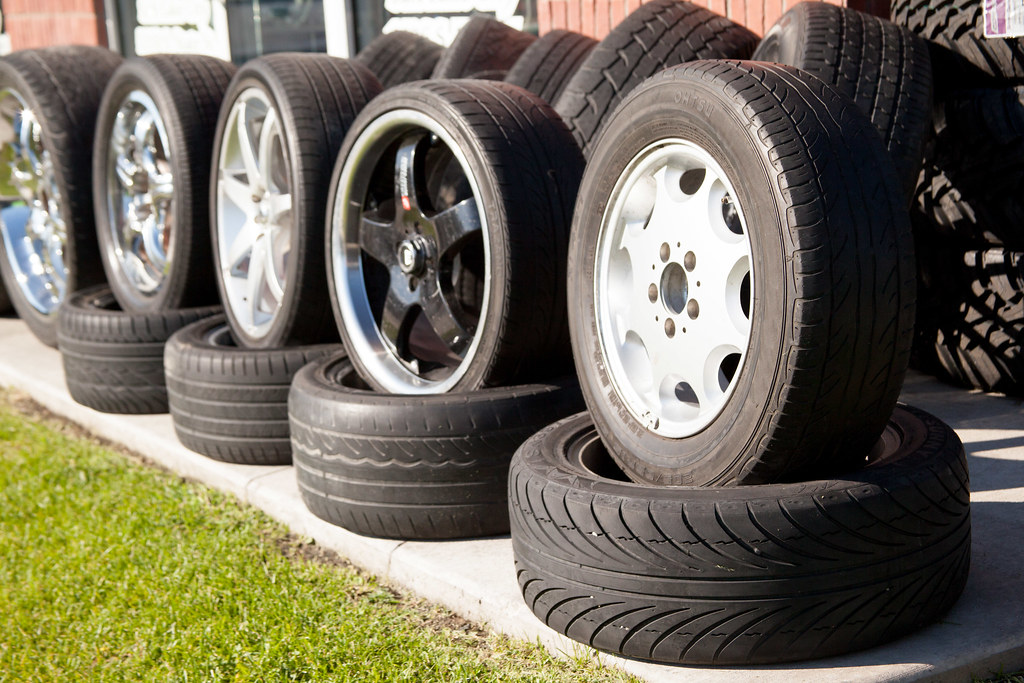
3. **Myth: Tire rotation is only necessary for front-wheel-drive vehicles.**
Another common misunderstanding is that tire rotation is primarily beneficial for front-wheel-drive (FWD) vehicles and less critical, or even unnecessary, for rear-wheel-drive (RWD) or all-wheel-drive (AWD) systems. While it’s true that FWD cars often exhibit more pronounced front tire wear due to the combined responsibilities of steering and propulsion, the reality is that all drive types benefit significantly from consistent rotation.
Every tire position on any vehicle experiences unique forces and stresses. In RWD vehicles, the rear tires are responsible for handling the bulk of acceleration forces, while the front tires manage most of the steering and a significant portion of braking. This distinct division of labor inevitably leads to different wear patterns between the front and rear axles. Similarly, even though AWD systems distribute power across all four wheels, factors such as vehicle weight distribution, wheel alignment, suspension geometry, and individual driving habits still cause uneven wear patterns to develop across all four corners of the vehicle.
Neglecting rotation on any drive type compromises tire life and overall vehicle stability. While specific ‘AWD rotation specifics’ might be recommended by your manufacturer, such as more frequent checks due to the complexity of the drivetrain, the core principle remains consistent: distribute wear evenly. The undeniable benefits of tire rotation—extended tire lifespan, improved vehicle handling, and enhanced safety—apply universally, regardless of which wheels propel the car. It is a fundamental component of proper tire care for every vehicle on the road.
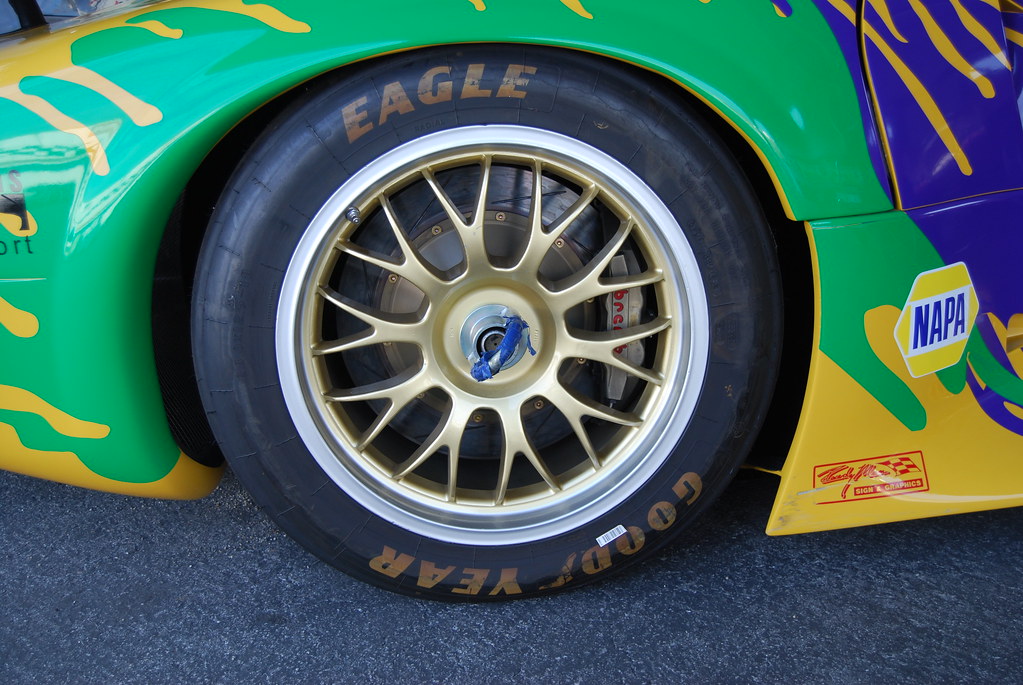
4. **Myth: The 5,000-mile rule is a strict, universal requirement for all tire rotations.**
The recommendation to rotate tires every 5,000 miles is a general guideline that has been widely adopted by the automotive industry. However, it’s crucial to understand that this interval is not a rigid, one-size-fits-all rule and has, in fact, been debunked as a strict requirement by many automotive experts. The idea that tires *must* be rotated at precisely 5,000 miles, without exception, is a common myth.
In reality, the optimal tire rotation frequency depends on a complex interplay of various factors. These include the specific type of vehicle you drive, the model and construction of your tires, your individual driving habits (e.g., aggressive vs. conservative), and even the typical road conditions you encounter. For example, high-performance vehicles or those driven frequently in harsh conditions may require more frequent rotations, while a vehicle with all-wheel drive might have different needs compared to a front-wheel-drive car.
Therefore, while 5,000 miles serves as a useful general reference, relying solely on this fixed number can be misleading. The most authoritative source for determining the ideal ‘tire rotation schedule’ for your specific vehicle is its owner’s manual. Manufacturers typically provide a recommended range, often between 5,000 and 8,000 miles, but it is paramount to consult your specific manual to understand the precise guidelines tailored to your vehicle and tire setup.
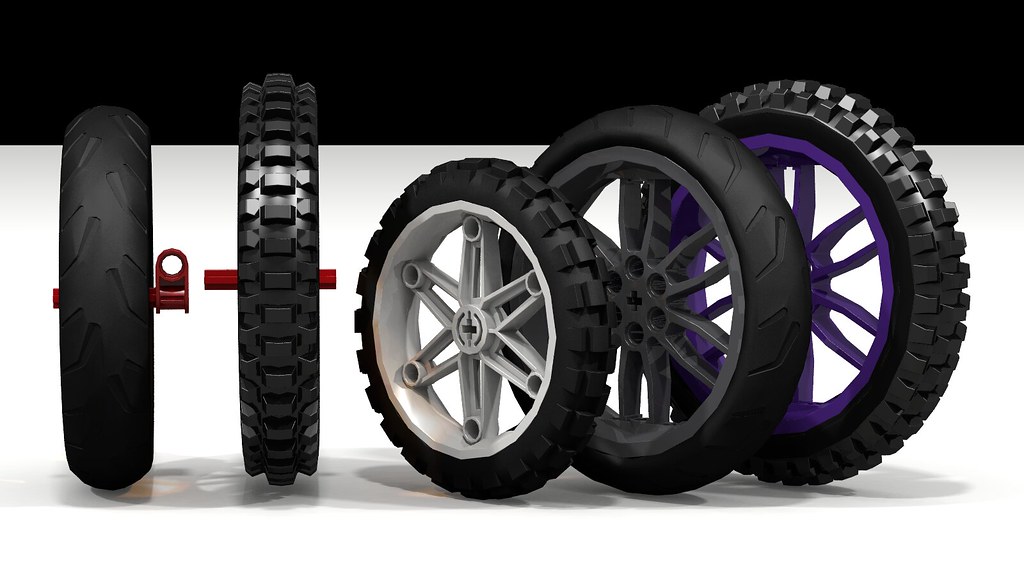
5. **Myth: You only need to rotate tires once a year, regardless of mileage.**
This misconception suggests a time-based rotation schedule independent of actual vehicle usage, implying that an annual check-up is sufficient. However, tire experts and manufacturers largely disagree with this simplified approach. Most recommendations for tire rotation are mileage-based, typically falling within the 5,000 to 7,500-mile range. For the average driver, this often translates to rotating tires twice a year or even more frequently, not just once.
While annual inspections are certainly beneficial for overall vehicle health, tying tire rotation solely to a calendar year overlooks the primary factor in tire wear: the miles driven and the stresses accumulated. A vehicle driven 15,000 miles in a year will experience significantly more wear than one driven only 5,000 miles, and thus would require rotations at shorter intervals than a once-a-year schedule allows.
Even if you don’t drive extensively, it’s important to recognize that time-based wear factors, separate from mileage, still matter. Tires, like other rubber components, are affected by environmental elements such as sun exposure, extreme cold, and moisture. However, the systematic redistribution of wear patterns, which is the core purpose of rotation, is primarily dictated by how and where the vehicle is driven. Therefore, while environmental factors play a role in tire degradation over time, they do not negate the necessity of mileage-based rotation for managing tread wear. Consulting your owner’s manual for both mileage and any time-based recommendations (if applicable) is always the best practice.
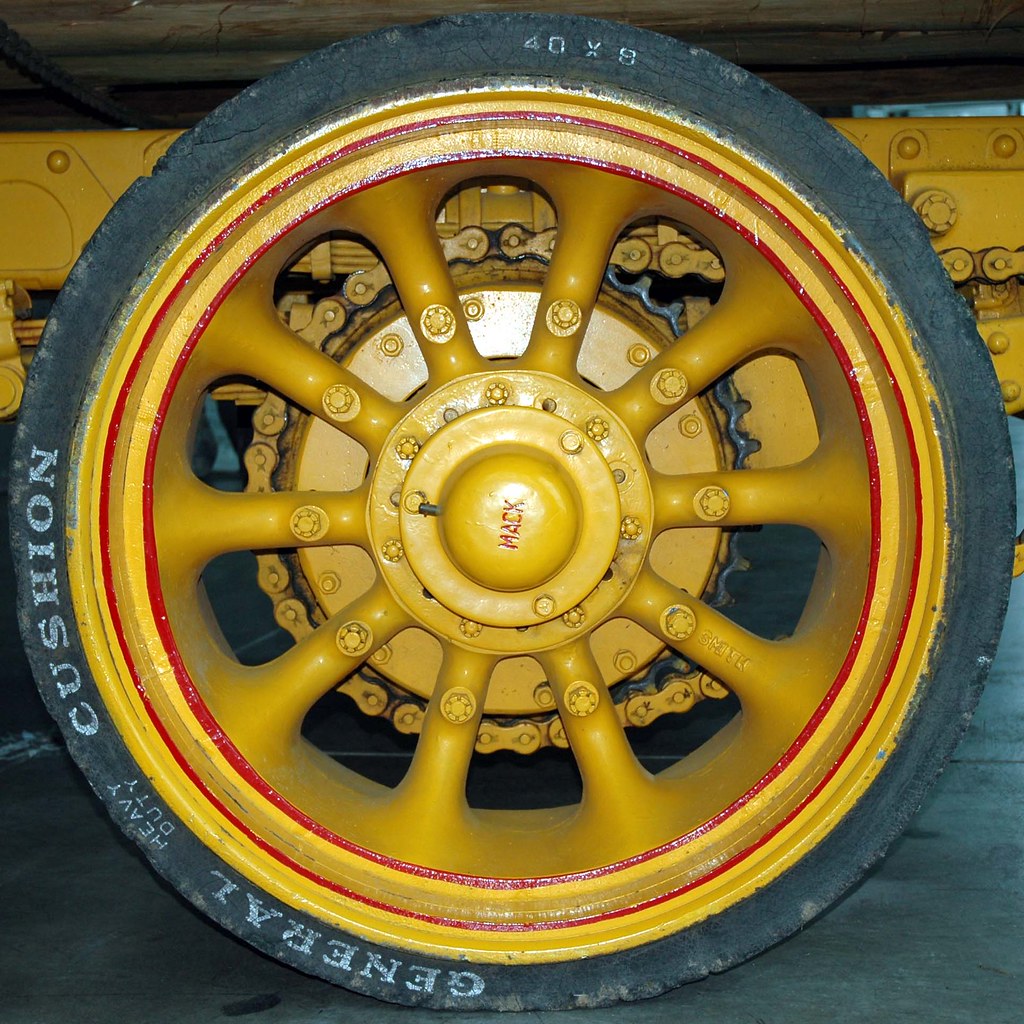
6. **Myth: All tires wear the same, making rotation unnecessary.**
This belief fundamentally misunderstands the mechanics of how a vehicle operates and interacts with the road. The idea that all four tires wear down at the same rate, negating the need for rotation, simply does not hold true in real-world driving conditions. There are too many variables at play for uniform wear to occur naturally.
Consider the fundamental differences in how tires function based on their position. On a front-wheel-drive (FWD) vehicle, the front tires bear the brunt of steering, braking, and propulsion, causing them to wear significantly faster, particularly on their shoulders. Conversely, with a rear-wheel-drive (RWD) setup, the back tires do the heavy lifting for propulsion, leading to greater wear in that axle’s position. Even all-wheel-drive (AWD) systems, despite distributing power, are still subject to uneven wear due to factors like weight distribution during turns, vehicle alignment, and the specific forces encountered by each tire during acceleration and braking.
Beyond drivetrain differences, your individual driving habits—such as aggressive cornering, frequent hard braking, or carrying heavy loads—also contribute to uneven wear patterns. Road conditions, tire pressure, and suspension components further influence how each tire degrades. Since each tire position experiences unique forces, regular rotation becomes essential to systematically move tires through these varied positions, ensuring that all tires contribute equally to the vehicle’s performance and wear down at a similar rate, thereby maximizing their collective lifespan and maintaining balanced vehicle dynamics.
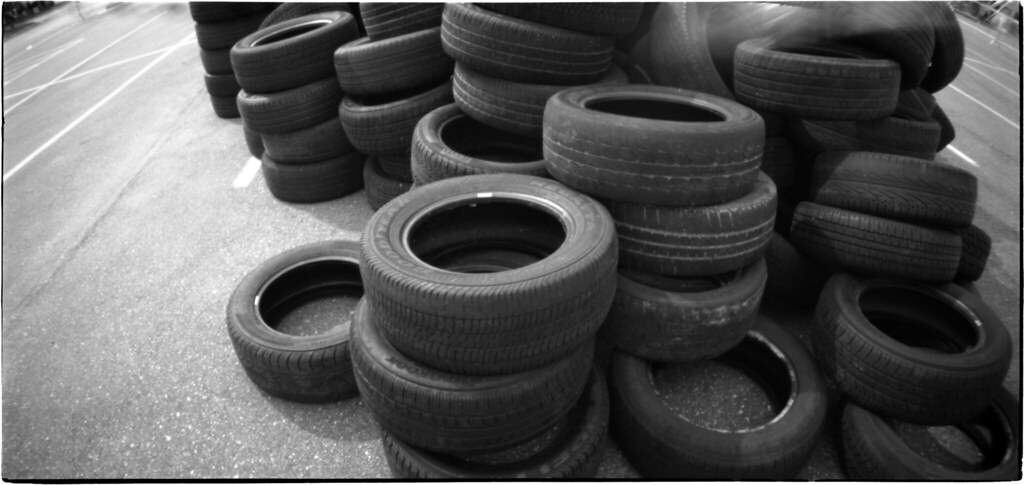
7. **Myth: The only benefit of tire rotation is extending tire lifespan.**
While extending the lifespan of your tires is undeniably a significant and primary advantage of regular rotation, it is far from the only one. Many drivers overlook the broader and equally critical benefits that a consistent tire rotation schedule provides. These advantages directly impact not only your wallet but, more importantly, your safety and overall driving experience.
One of the most crucial benefits is the enhancement of vehicle handling and safety. Tires with significantly different tread depths can negatively affect how your car handles. Uneven wear can lead to subtle but dangerous issues such as pulling to one side, reduced stability during cornering, and less predictable steering response. Regular rotation helps maintain balanced handling characteristics, making your vehicle feel more stable and responsive on the road.
Moreover, consistent tread depth across all tires is vital for optimal grip, especially in challenging conditions like wet or slippery roads. Tires with deeper, more uniform tread provide better traction for acceleration and significantly shorter stopping distances during braking. This is a critical aspect of overall car safety, providing you with greater control in emergency situations. Furthermore, regular rotation can contribute to improved fuel efficiency, as evenly worn tires experience less rolling resistance. Finally, many tire manufacturers require proof of regular rotation to uphold their tread life warranties, meaning skipping this service could void your warranty, leaving you without recourse if your tires wear out prematurely. Therefore, tire rotation is a multifaceted maintenance task with benefits far beyond simple longevity.
Continuing our journey through the misinformation maze surrounding tire maintenance, it’s clear that while the basics of tire rotation often get twisted, there’s even more to unpack beyond just the frequency and necessity. Many drivers believe that once they commit to rotation, any method will do, or that this one service magically covers all other tire-related issues. Let’s delve into these more nuanced misconceptions, ensuring you’re fully equipped with the knowledge to make the best decisions for your vehicle’s health and your safety on the road.
Read more about: The ‘Free’ Test Drive Illusion: Unmasking 14 Hidden Costs Dealers Don’t Want You to Know When Buying a Car
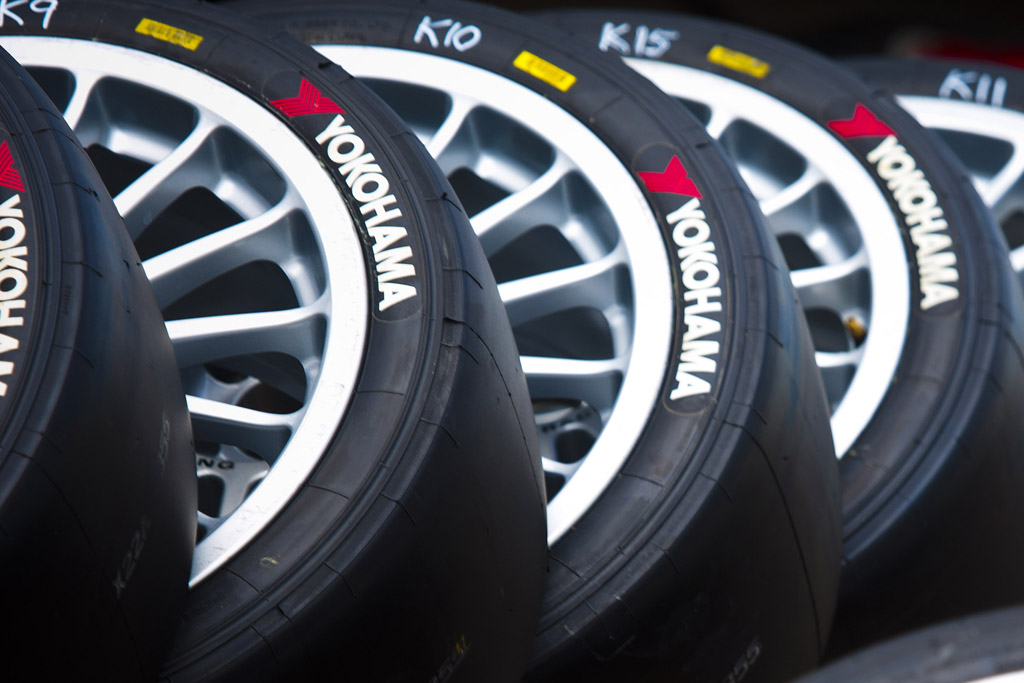
8. **Myth: All tire rotation patterns are interchangeable; one size fits all.**
This is a subtle yet significant misconception. Many vehicle owners assume that as long as the tires are moved from one spot to another, the specific pattern doesn’t truly matter. However, this belief overlooks the fundamental differences in vehicle drivetrains and tire types, which dictate the most effective rotation method. There isn’t a single universal pattern that applies to every car, and choosing the wrong one can render the service largely ineffective in distributing wear evenly.
The reality is that “there are several tire rotation patterns that can be used, depending on the type of vehicle and the driving conditions.” For example, front-wheel-drive (FWD) vehicles often benefit from a “Forward Cross” pattern, where front tires move straight back and rear tires cross to the opposite front. Rear-wheel-drive (RWD) and all-wheel-drive (AWD) vehicles, conversely, might use a “Rearward Cross,” moving rear tires straight forward and front tires diagonally to the rear. These specific patterns are designed to counteract the unique wear characteristics developed at each axle due to propulsion, steering, and braking forces.
The choice of pattern is critical, as highlighted by the impact of “directional tires.” These tires, with their unique tread patterns, are designed to rotate optimally in “only one specified direction.” Attempting to use a cross pattern on such tires would force them to rotate backward, severely compromising their performance, especially in wet conditions where tread patterns are crucial for water evacuation. Similarly, vehicles with “staggered wheels” (different size wheels/tires front to rear) also require specific rotation patterns, typically a front-to-rear swap on the same side, to maintain proper vehicle dynamics. Always consult your vehicle’s owner’s manual or a tire professional for the recommended pattern.
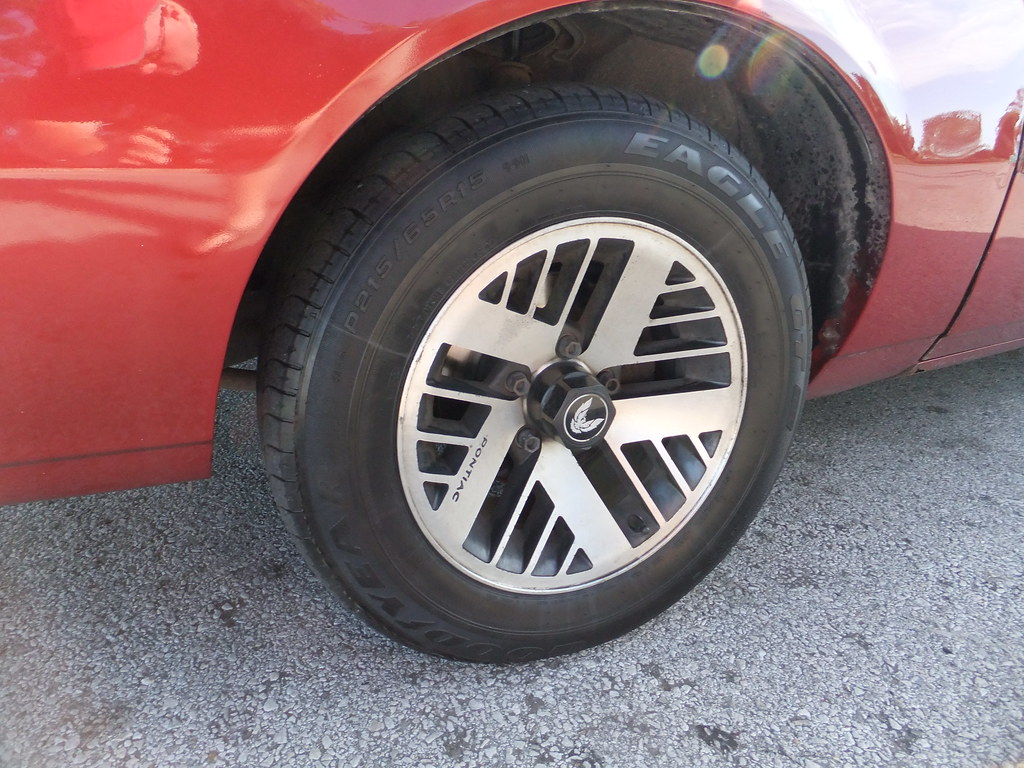
9. **Myth: Directional tires can be rotated using any crisscross pattern.**
Following directly from the previous myth, this specific misunderstanding about directional tires is particularly risky. Many drivers, familiar with standard crisscross patterns for non-directional tires, mistakenly apply the same logic to directional treads. This can lead to decreased safety, reduced tire performance, and accelerated wear, completely undermining the purpose of the rotation itself. It’s a critical detail that’s often overlooked, but one that mechanics wish drivers would stop ignoring.
Directional tires are engineered with a specific tread design that’s optimized for rolling in only one direction, usually indicated by an arrow on the sidewall. This design is crucial for tasks like efficient water channeling to reduce hydroplaning, enhancing grip, and sometimes even reducing road noise. When these tires are installed correctly, their performance advantages are clear. However, if they are rotated into a position where they spin in the opposite direction, these benefits are lost, and new problems can arise.
The consequence of a mis-rotated directional tire is significant. “Attempting to cross directional tires to the opposite side would make them rotate backward, severely compromising their performance (especially water evacuation) and potentially causing damage.” Instead of providing optimal traction and stability, they can become a liability, particularly in adverse weather conditions. For directional tires, the only appropriate rotation pattern is to move them “front-to-back on the same side of the vehicle,” ensuring they continue to rotate in their intended direction. This simple rule is vital for maintaining the integrity and safety features of these specialized tires.
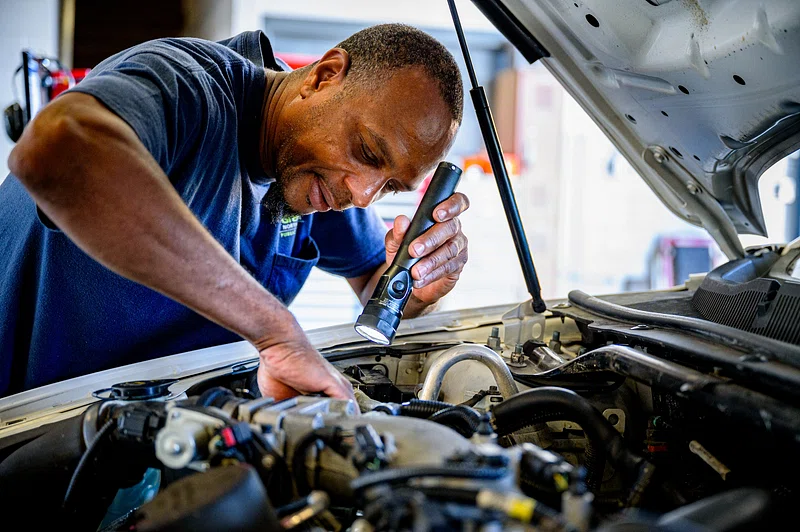
10. **Myth: You don’t need any special tools or expertise to rotate tires yourself.**
While the appeal of saving money by doing automotive work yourself is understandable, the belief that tire rotation is a simple, straightforward DIY task without specialized tools or knowledge is a dangerous oversimplification. Many drivers attempt this task with insufficient equipment or understanding, potentially compromising their vehicle’s safety and damaging components. This is not just about convenience; it’s about proper execution and preventing more serious issues down the line.
Performing a “DIY tire rotation guide” requires a specific set of “essential tire rotation tools.” Beyond a basic lug wrench, you absolutely need a “reliable car jack rated for your vehicle’s weight” and, critically, “sturdy jack stands.” Relying solely on a jack for support is extremely hazardous. Perhaps most overlooked is the “torque wrench.” Properly tightening lug nuts to the manufacturer’s specified torque value is “vital for safety.” Overtightening can stretch or break wheel studs, leading to wheel failure, while undertightening can cause a wheel to come loose, a potentially catastrophic event.
Furthermore, understanding the correct rotation pattern for your specific vehicle and tire type, as discussed with Myths 8 and 9, is part of the “expertise” required. Incorrectly rotating tires, even if safely removed and reinstalled, defeats the purpose of the service and can lead to uneven wear. Therefore, unless you possess the right tools, knowledge, and a commitment to safety protocols, it’s generally recommended to consider professional service. The risks associated with an improperly performed DIY rotation far outweigh the potential cost savings.
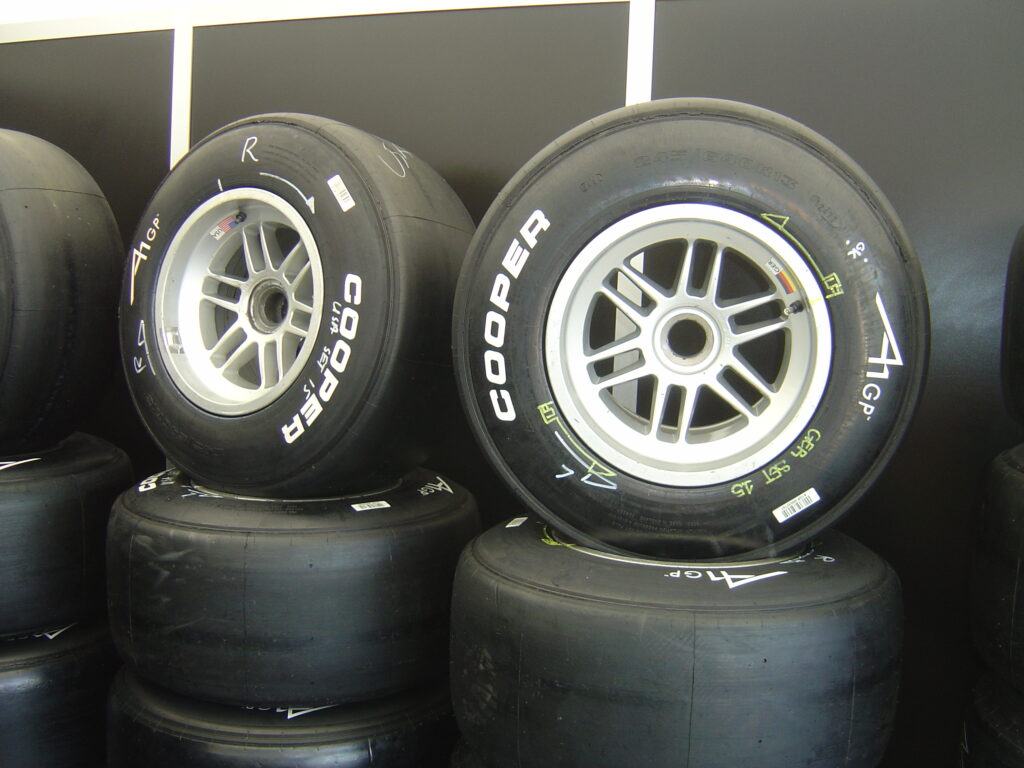
11. **Myth: Professional tire rotation is an unnecessary expense; it’s always cheaper to DIY.**
It’s common for budget-conscious drivers to view professional tire rotation as an optional luxury or an easily avoidable cost. This perspective often underestimates the comprehensive value and potential long-term savings that professional service provides. While the initial “cost of tire rotation” might seem like an extra fee, a closer look reveals that it’s often a wise investment that can prevent more significant expenses and ensure peace of mind.
The “cost of tire rotation” can indeed “vary depending on the type of vehicle, the type of tires, and the location,” typically ranging from “$20 to $50.” However, many tire shops and dealerships frequently “offer free tire rotations for the life of the tires if you purchase them there” or “bundle it with other services” like oil changes, making the effective cost minimal or nonexistent. These package deals often present a much better value proposition than perceived, especially when factoring in the time, effort, and equipment required for a safe and correct DIY job.
Beyond the direct cost, professional service offers advantages like technician expertise, specialized equipment (lifts, calibrated torque wrenches), and often includes a valuable visual inspection of your tires and brakes. Technicians “might spot issues like unusual wear patterns (indicating potential alignment problems), cuts, punctures, or low brake pad life that you might miss.” This proactive detection can save you from costly repairs or safety hazards later. Moreover, many tire manufacturers’ warranties “require proof of regular tire rotation” to remain valid, and professional service provides this essential documentation, protecting your investment. “Preventing the premature replacement of even one tire often justifies the cost of several rotations,” making professional service a sound financial and safety decision.
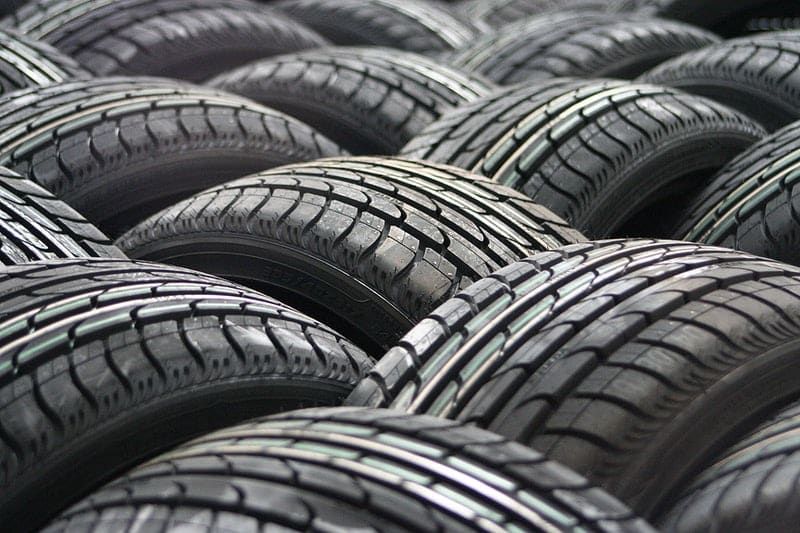
12. **Myth: Tire rotation, balancing, and alignment are all the same thing.**
This is a widespread misconception that lumps together three distinct, albeit related, aspects of tire and suspension maintenance. While “they are all part of tire and suspension maintenance,” each service addresses a fundamentally different issue and plays a unique role in your vehicle’s overall performance, safety, and tire longevity. Confusing them can lead to neglecting critical maintenance needs, believing one service covers all bases.
Understanding “what is a tire rotation” helps differentiate it as “the systematic repositioning of a vehicle’s tires” to ensure even tread wear across all four tires. This is about managing where each tire experiences stress to prolong its life. In contrast, “a ‘tire balancing comparison’ shows that balancing deals with the weight distribution of the tire and wheel assembly itself.” If this weight isn’t evenly distributed, it can cause vibrations, particularly at higher speeds, leading to uncomfortable driving and accelerated suspension wear. Balancing involves adding small weights to the rim to correct these imbalances.
Meanwhile, “a ‘wheel alignment comparison’ reveals that alignment concerns the angles of your wheels relative to the vehicle and the road (camber, caster, toe).” Proper alignment ensures your wheels are pointing in the correct direction, your car tracks straight, and tire wear is minimized, preventing issues like pulling to one side or unusual feathering. While all three contribute to tire health and driving dynamics, they are distinct processes. Tire rotation repositions the tires, balancing corrects wheel assembly weight, and alignment adjusts wheel angles. Each is an essential component of a comprehensive “auto maintenance checklist.”
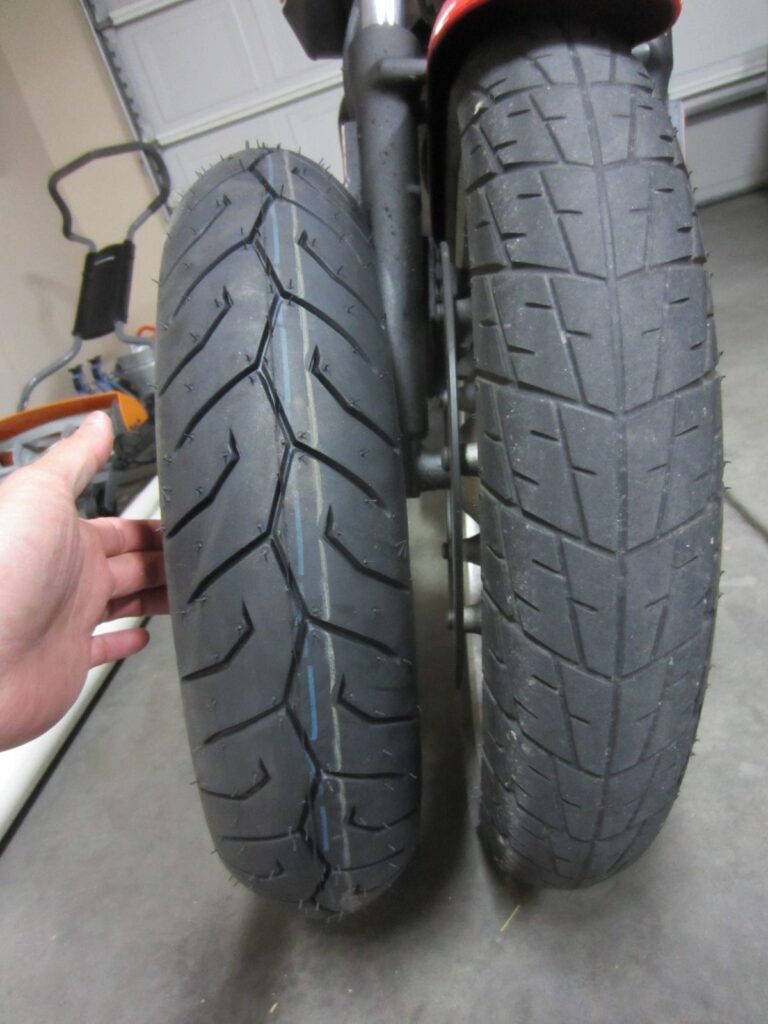
13. **Myth: If you rotate your tires regularly, you won’t need tire balancing or wheel alignment.**
This myth is a natural extension of the previous one, where drivers assume that by performing one maintenance task, they are exempt from others. While tire rotation is crucial for even wear, it does not, by itself, correct issues related to wheel balance or suspension alignment. Believing this can lead to persistent vibrations, poor handling, and accelerated wear that rotation alone cannot fix, ultimately compromising safety and comfort.
Regular tire rotation certainly “helps maximize the benefits of proper balancing and alignment by ensuring tires wear evenly despite minor variations.” However, it is not a substitute for these services. You typically “need balancing when getting new tires or if you feel vibrations at speed” that weren’t present before. These vibrations are often a sign of an unbalanced wheel assembly, a condition that rotation will simply move to a different corner of the vehicle, not resolve. An unbalanced wheel can cause uncomfortable driving and potentially lead to premature wear on suspension components.
Similarly, “you might need an alignment if your car pulls to one side, the steering wheel is off-center, or you notice specific wear patterns like feathering or severe inner/outer edge wear.” These issues are indicative of incorrect wheel angles, which can be caused by impacts, worn suspension parts, or even just regular driving over time. No amount of tire rotation will correct a misaligned suspension; it requires a dedicated alignment procedure. Understanding that these are complementary, rather than interchangeable, services is key to truly comprehensive vehicle maintenance.
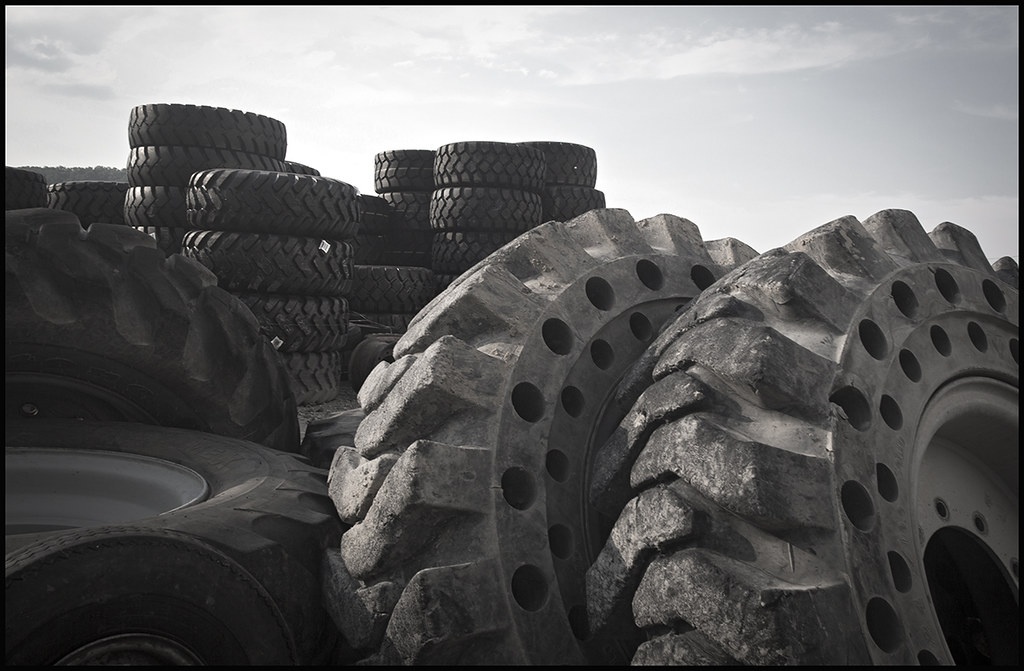
14. **Myth: Using the wrong tire rotation pattern has no serious consequences.**
This final myth is particularly concerning because it dismisses the importance of following manufacturer guidelines, viewing tire rotation patterns as mere suggestions rather than crucial instructions. The truth is, “incorrect tire rotation can have serious consequences” that go far beyond just not getting the most out of your tires. It can directly impact your vehicle’s performance, safety, and even incur additional costs down the line.
When tires are rotated using an incorrect pattern, the primary goal of achieving even wear is defeated. Instead of distributing stresses, an improper rotation can exacerbate existing uneven wear patterns or even create new ones. This leads to issues such as “reduced tire life,” forcing you to replace your tires much sooner than anticipated. For example, crossing a directional tire can compromise its design, leading to quicker degradation and an inability to perform its intended functions effectively, especially in wet conditions.
Beyond premature wear, the consequences extend to your driving experience and safety. “Incorrect rotation can also lead to uneven wear patterns, which can cause vehicle vibrations, noise, and decreased handling.” Imagine driving down the highway feeling a persistent shake, or your car responding less predictably in a turn – these are potential outcomes. “Decreased fuel efficiency” can also occur as the vehicle may have to work harder due to uneven rolling resistance. Ultimately, what seems like a minor procedural error can escalate into “increased risk of tire failure,” a dangerous scenario on any road. Adhering to the correct rotation pattern is not optional; it’s fundamental to maintaining your tires and your vehicle’s safety.
So there you have it – a deep dive into the 14 most prevalent tire rotation myths that mechanics consistently wish would simply vanish. From understanding the core necessity of rotation to recognizing the critical differences between patterns, professional service, and other vital maintenance, the landscape of tire care is far more nuanced than many assume. By debunking these widespread misconceptions, we hope to have empowered you with practical, accurate information, enabling you to make informed decisions for your vehicle. Proper tire maintenance isn’t just about extending the life of your rubber; it’s about safeguarding your vehicle’s performance, enhancing your fuel efficiency, and most importantly, ensuring your safety and that of your loved ones on every single journey. Drive smart, drive safe, and keep those tires rolling correctly!



